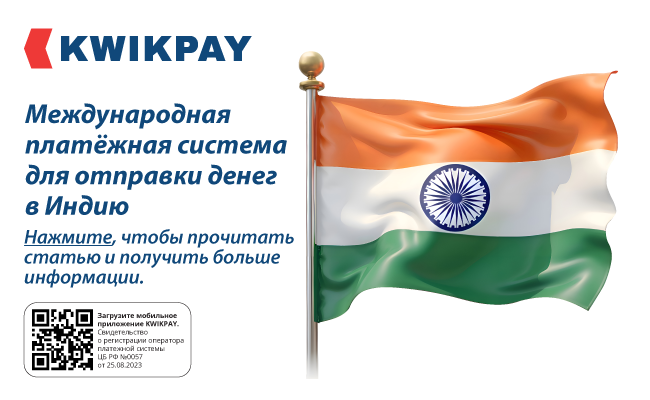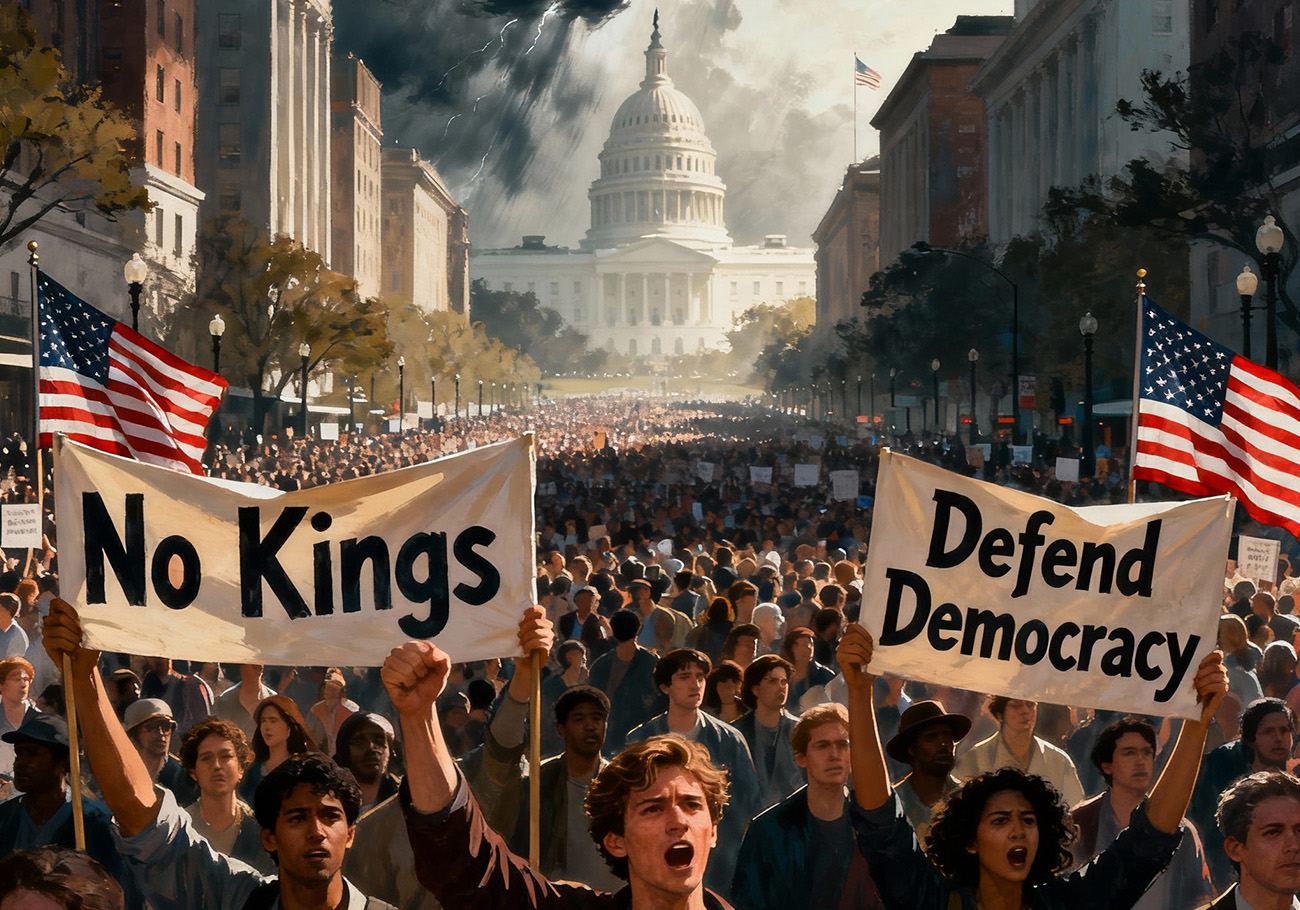






Protest marches took place in 2,700 cities across all 50 states, with 7 million people participating—2 million more than during the first such protest march in June, when Trump held a military parade in Washington and protests under the “No Kings” slogan broke out across the country.
It cannot be said that protests against Trump’s policies came as a surprise. Even during his inauguration in January, when he hoped to gather an enormous, enthusiastic crowd of supporters in front of the Capitol in Washington to deliver his epochal speech about the beginning of a “new era” for America, the crowd did not materialize—partly because of the freezing weather—and mass protests against Trump’s plans for his new presidential term were already taking place in other cities. Now, the worst fears of many about those plans are being confirmed, and people are taking to the streets.
The current mass protests lack a single unifying idea or demand, such as those during the major marches against racial discrimination in the 1960s or the million-strong marches on Washington against the Vietnam War. For now, the protest movement’s main idea has been formulated only in general terms: democracy is slipping away from under our feet, Trump is grabbing more and more power, and racism is raising its head again. Since the current protest movement has no central leadership, its slogans are largely the product of the masses. At the same time, over the summer, some lines of popular criticism of the Trump administration became clear.
One such line is the mass protests against Trump’s deportation campaign targeting illegal immigrants. In principle, Americans support Trump’s policy of reducing the flow of migrants to the U.S. from Latin America, but the way it has been implemented has provoked objections from many Americans whose relatives are now threatened with deportation—and who themselves are descendants of immigrants in a nation of immigrants. The deportation program turned into raids on suspected illegal migrants in assembly plants, supermarkets, and residential neighborhoods.
These raids, carried out by U.S. Immigration and Customs Enforcement (ICE) units, provoked protests and resistance from local residents. In support of this police force, Trump sent National Guard troops, against the objections of state governors and mayors of cities such as Los Angeles, Chicago, New York, Dallas, and Portland.
These conflicts were reflected in the demonstrators’ slogans: “We are all immigrants and everyone here has equal rights.” In Chicago, where protests against migrant raids were especially strong, participants in the latest protest march carried Mexican flags and banners reading “Hands Off Democracy” and “Abolish ICE.”
Trump struck back at these protests against deportations. Two weeks ago, he gathered 800 generals and admirals for a meeting where he announced that troops would now use American cities as “training grounds”—apparently, including for such protests.
Participants in the protest marches also carried slogans defending social programs introduced by Democratic administrations, including the “Obamacare” health insurance system. They spoke about the suppression of press criticism and the closure of television programs critical of Trump. Other demands and appeals of the protest march shared a common theme: two hundred and fifty years ago we freed ourselves from royal power and chose freedom and democracy, and we do not want a return to monarchy.
Whether these sentiments will translate into voter decisions in next year’s midterm congressional elections remains unclear. Perhaps the seven million people protesting against “King Trump” will add votes against his party in the 2026 elections. So far, Trump’s reaction to the mass protests has been unequivocal: outcasts who “do not represent the American people.”
His colleagues were even more specific: Speaker Michael Johnson called the movement “America-hating.” Other Trump supporters described the rallies as the “terrorist wing” of the Democratic Party, “paid protesters,” and “part of the Antifa movement.” There were calls to deploy the National Guard against protest participants. On the eve of Saturday’s mass protests, White House press secretary Caroline Leavitt stated most plainly that “the core of the Democratic Party’s electorate consists of Hamas terrorists, illegal immigrants, and criminal offenders.”
But Trump himself was the most colorful, showing his characteristic sense of humor. On the evening of the protests, he released on his online channel an imaginary video created according to his own script. In it, he sits at the controls of a jet fighter with a crown on his head; on the aircraft’s fuselage is written “King Trump,” and the plane circles above columns of protesters. As the jet flies over Times Square in New York, a powerful stream of brown liquid—described by some journalists as “filth”—pours from it, drenching the protesters. This is Trump’s response: all your protests are “fake.” The American people, who elected me in a landslide, stand with me and will again. Nevertheless, the “anti-monarchist” protests in the U.S. have shown that authoritarianism in power still struggles to take root in the American consciousness.